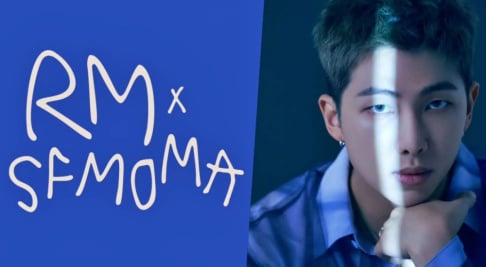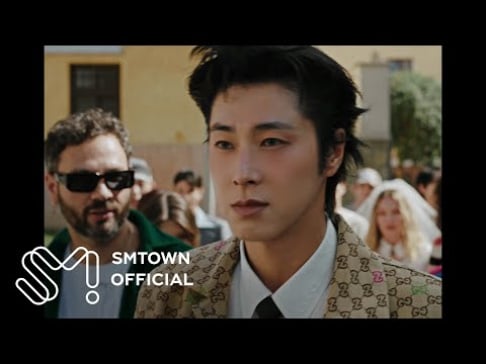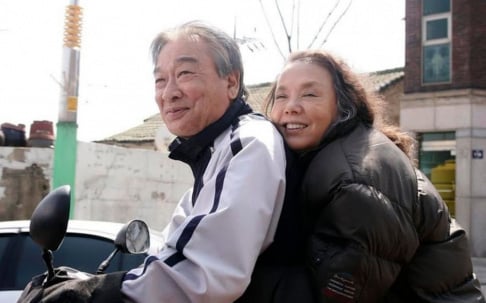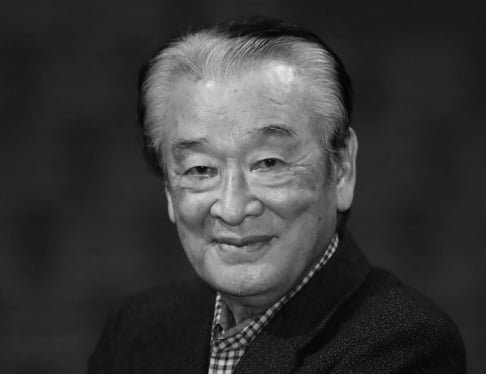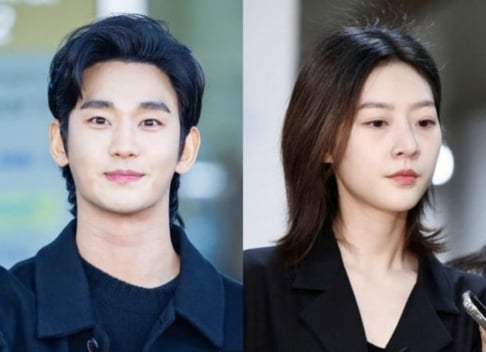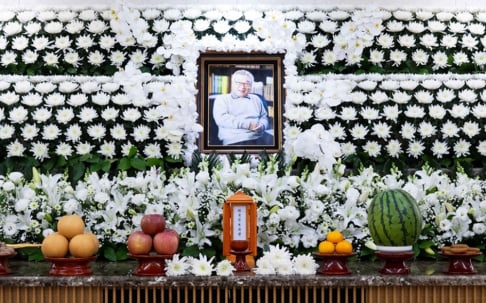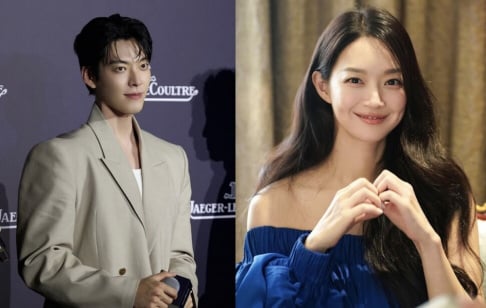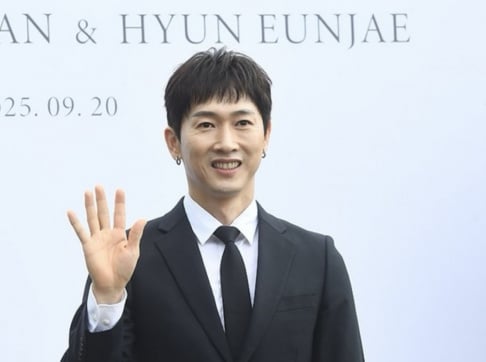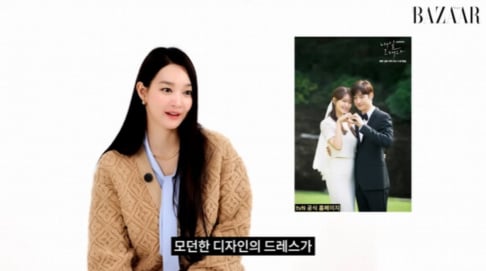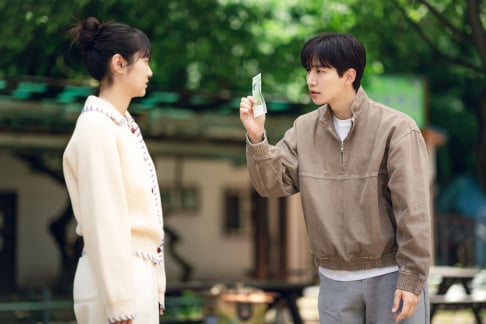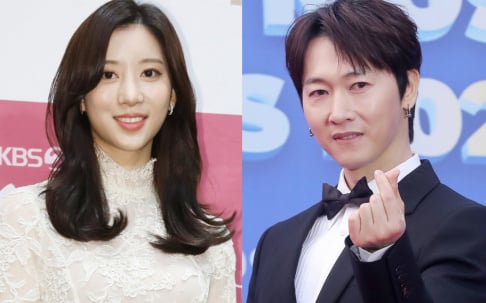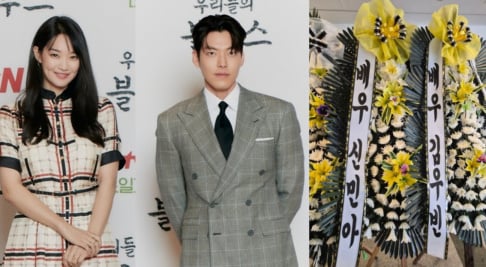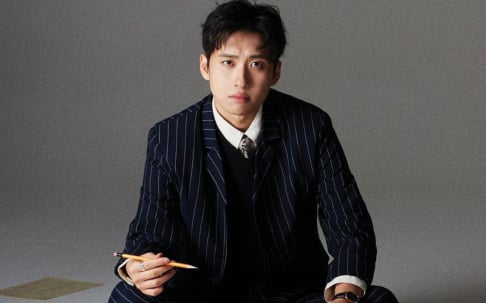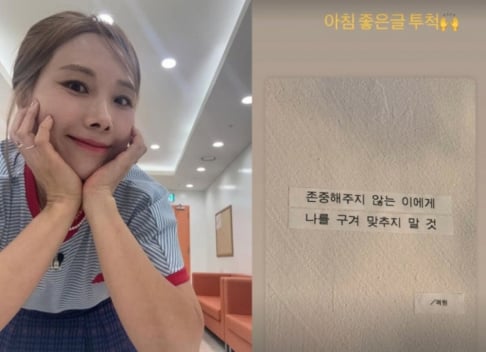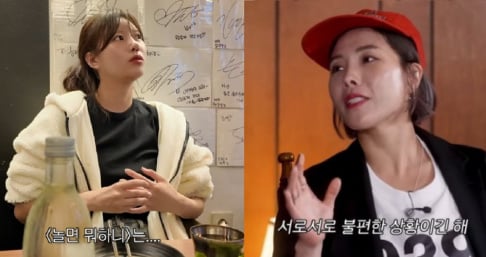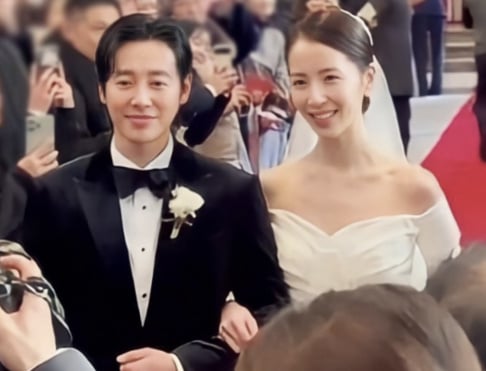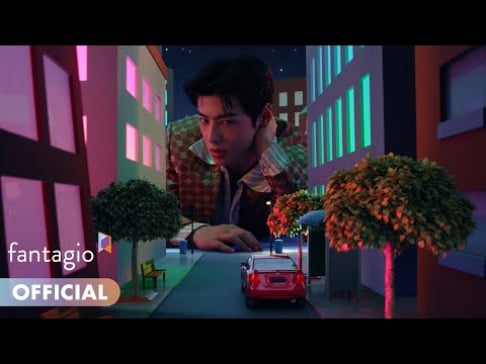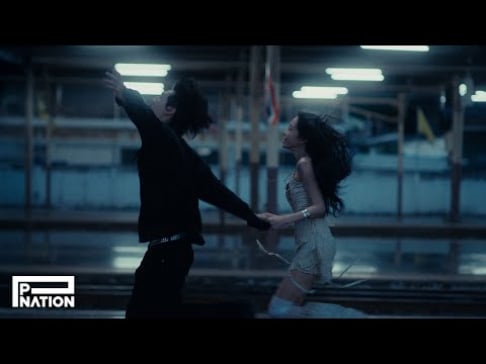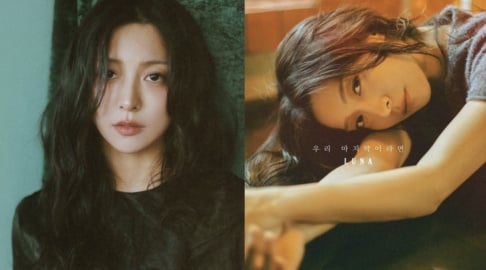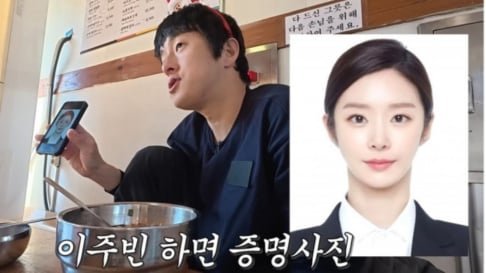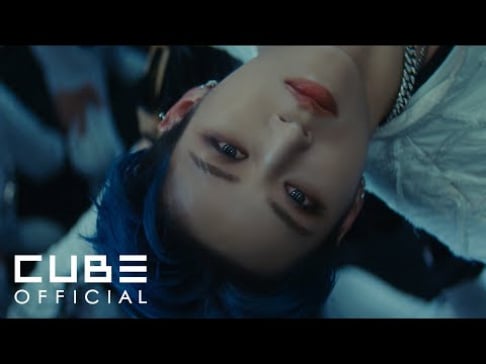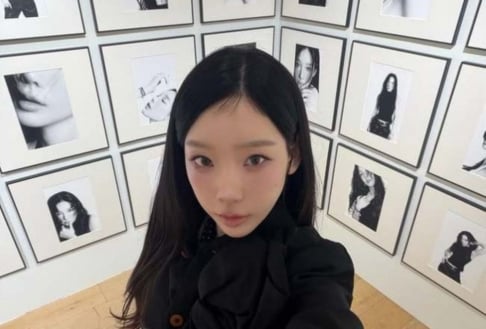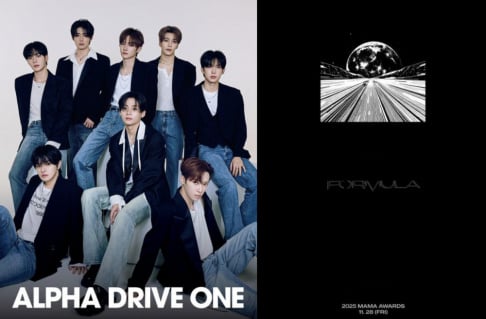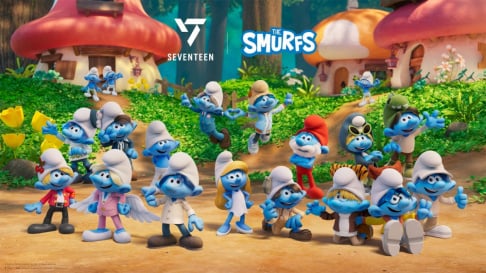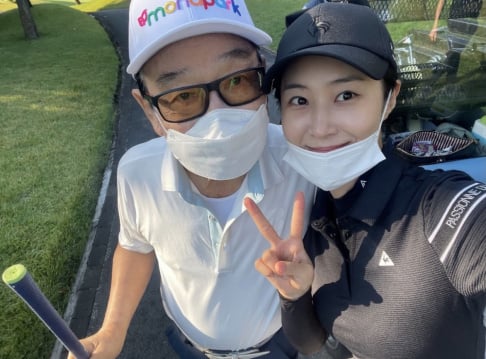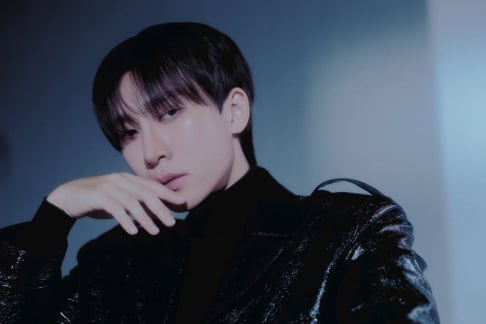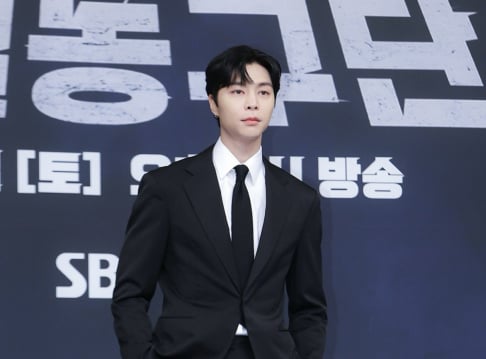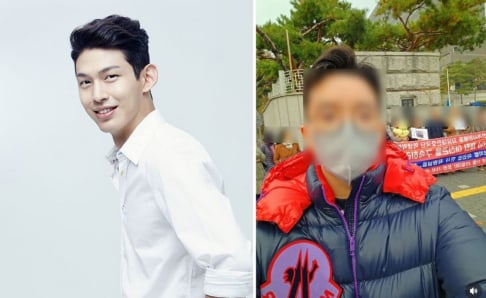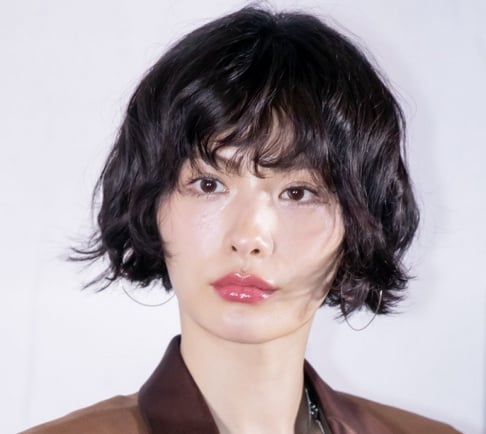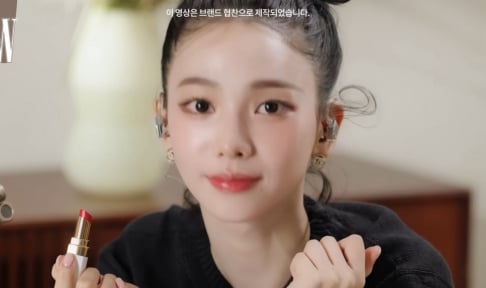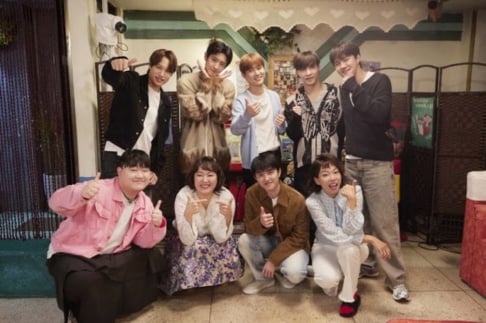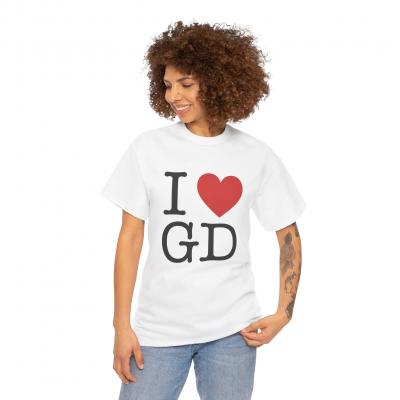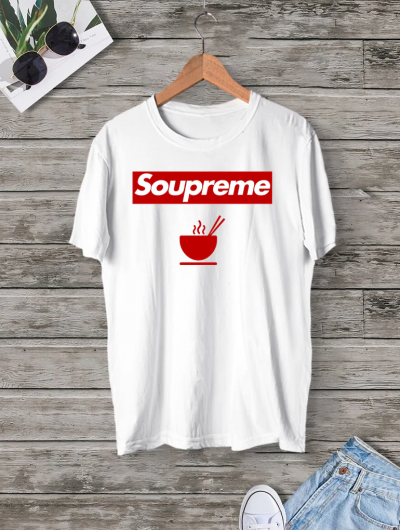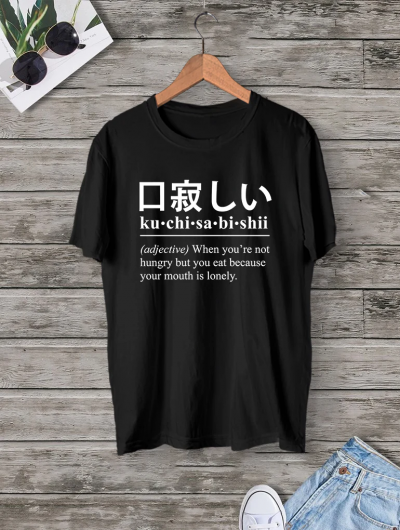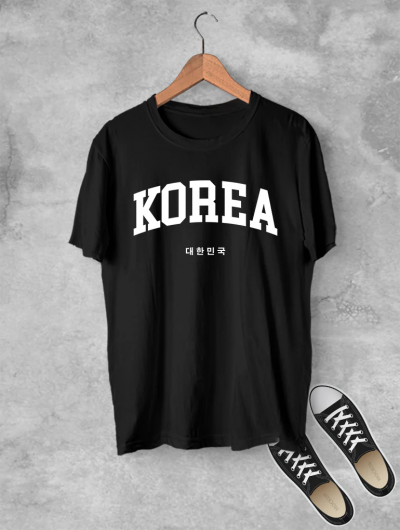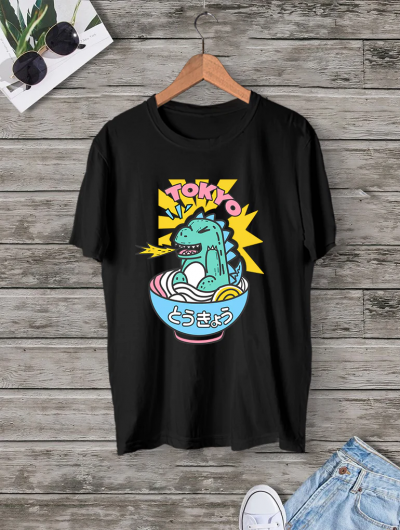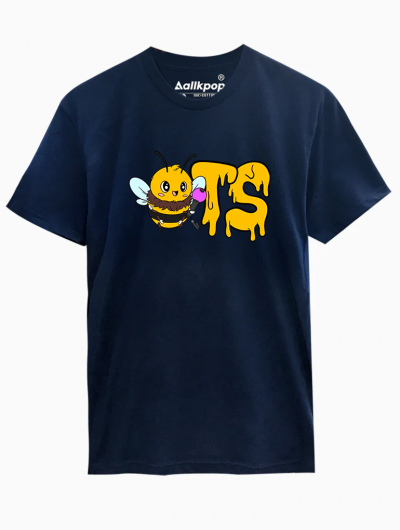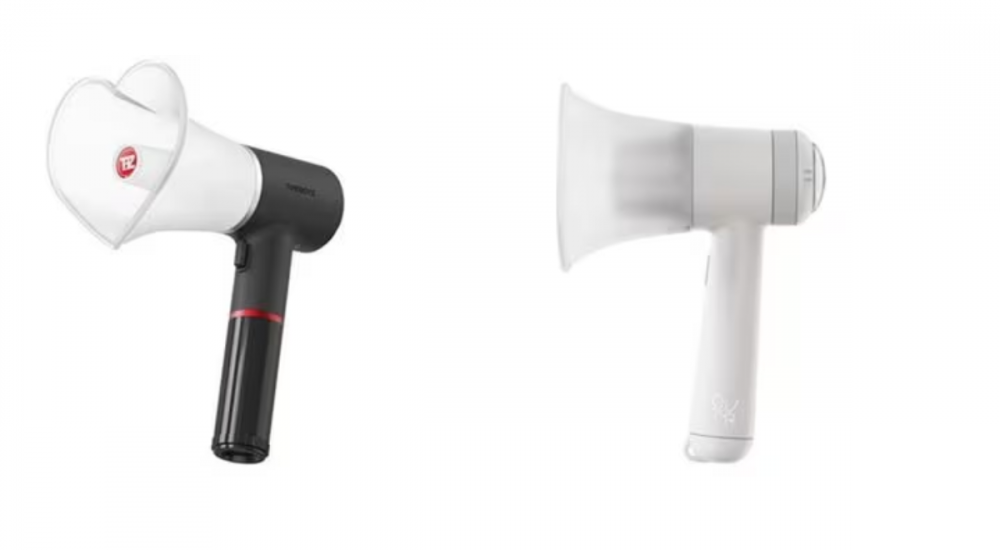
K-culture’s signature fan “lightstick” is at the center of a widening dispute, with THE BOYZ and QWER locked in a design spat that may soon land before a judge.
Netflix, which recently rolled out merchandise for ‘K-pop Demon Hunters’, describes the glow stick this way: "In K-pop, every artist’s official lightstick has its own interactive design. It’s more than merch—it’s a fandom talisman."
The immediate controversy began when QWER unveiled a megaphone-shaped lightstick ahead of its world tour. Fans of THE BOYZ—known as The B—argued it looks too close to the group’s 2021 heart-shaped megaphone design, noting similarities such as the first use of a megaphone form, a centered logo on the speaker, and the handle position. They also pointed out the THE BOYZ version was registered as a design in May 2022 after review by Korea’s Intellectual Property Office via manufacturer Copan Global, raising the prospect of design-right infringement.
QWER’s fandom, Barwige, pushed back that a megaphone is a common motif. Labels Three Oi Corporation and Prism Filter stated the QWER lightstick has "no issues in design or copyright" and proceeded with sales.
As the back-and-forth escalated, industry groups warned of reputational fallout for K-pop overall. The Korea Entertainment Producers Association said the dispute "isn’t just about one product design" but touches "the sustainability of the Hallyu ecosystem, global competitiveness, and the health of fandom culture." It urged resolution before trust erodes.
How do courts assess “similarity”? According to Lee Jae Kyung, a professor at Konkuk University and head of the Korea Entertainment Law Association, the key is prior public designs: "Depending on how much similar design existed before, the scope of similarity widens or narrows." He added that whether a “megaphone form” itself can be protected as a design right will be pivotal.
Tensions have spilled into fandom fights. Some THE BOYZ fans dredged up certain QWER members’ past activities as streamers, while a portion of QWER fans posted threatening comments toward THE BOYZ fans. THE BOYZ’s agency said it requested QWER’s side to modify the design but "couldn’t reach a conclusion" and will pursue legal steps to prevent recurrence. QWER’s agencies countered that outside counsel found "no infringement including copyright" and kept selling the product.
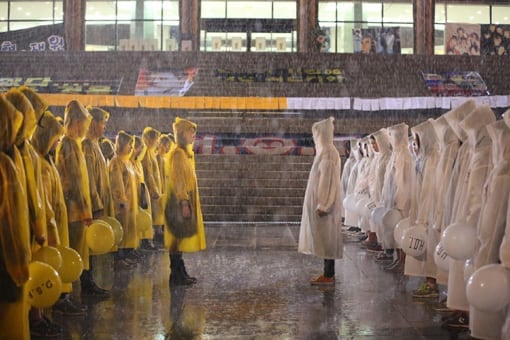
Lightsticks are deeply tied to group and fandom identity. In the 1990s, fans waved balloons—white for H.O.T, orange for Shinhwa, sky blue for god—and the sheer color mass at “Dream Concert” became a proxy for fandom clout. As styles multiplied (pearl red, pastel rose, pearl metal gold), balloons eventually gave way to illuminated sticks: SE7EN popularized a “7” wand; BIGBANG’s crown-shaped stick (“Bang Bong”) helped cement the now-familiar stadium glow culture. Today, groups typically debut official lightsticks once their fandom reaches scale—BTS’s “Army Bomb,” BLACKPINK’s heart hammer, SEVENTEEN’s diamond-topped stick for Carat, and NewJeans’ bunny-shaped wand among them.
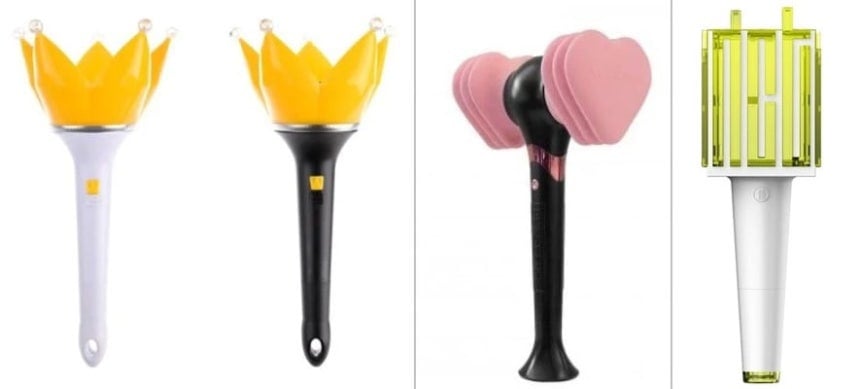
Fans say the object’s uniqueness matters. One 34-year-old fan with 16 years of experience noted, "Even outside concerts, I bring the lightstick to schedules. Artists spot it and say hi. The more distinctive the shape, the more pride you feel. If another looks too similar, it’s frustrating."
The technology has evolved too. Remote control systems now sync arena-wide colors to songs, turning the lightstick into a live link between stage and seats. At an Oct. 1 launch event for the Public Culture Exchange Committee, co-chair Park Jin Young demonstrated a lightstick to President Lee Jae Myung, saying, "In most shows, the audience remains just consumers. In K-pop, they’re part of the performance. The message is, ‘We are one with you.’ Without that, we’re just like any other entertainment industry."
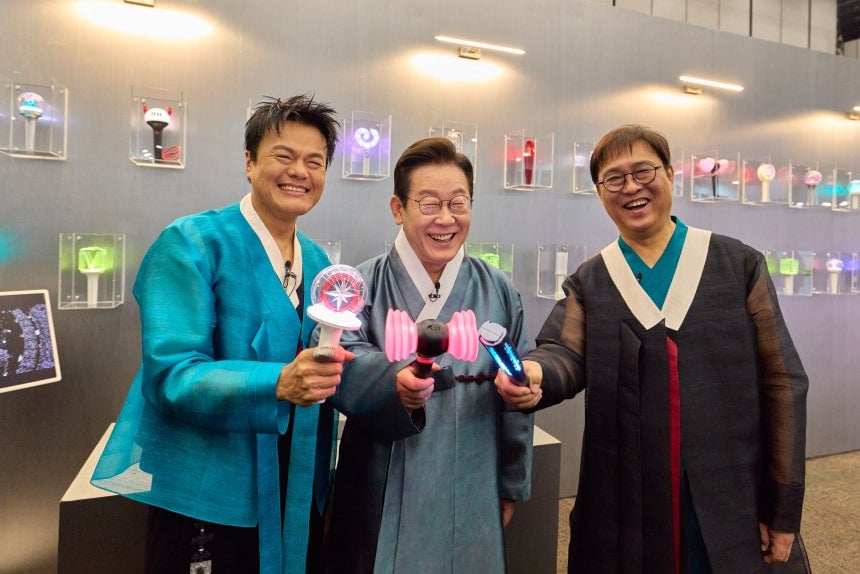
Custom and courtesy have often defused similar clashes. BTOB adopted sky blue in 2015, prompting pushback from god fans; Park Jun Hyung soothed both sides with a reminder that symbols live in fans’ hearts. More recently, RIIZE reworked a finger-shaped concept into a dome design after comparisons to Epik High’s stick.
But the money at stake is pushing companies toward courts. Lightsticks—along with photocards and apparel—anchor a booming merch business tied to touring. HYBE reported roughly about USD 346 million in concert revenue last year (up from about USD 276 million), with merch/licensing up to about USD 323 million. In 2Q this year, HYBE’s MD/licensing hit about USD 118 million; SM Entertainment posted about USD 49 million in the same category. With global fans spending steadily—even when they skip shows—labels have increasingly filed design applications; a search of Korea’s KIPRIS shows around 90 registered “cheering tool/lightstick” designs by agencies and manufacturers.
Lightstick battles aren’t limited to looks. A separate patent fight is before Korea’s Supreme Court: in 2020, Penlight sued lighting maker Vitro over wireless group-control technology for seat-wide color effects. Lower courts sided with Vitro, which argued it used per-device identifiers rather than preset group controls; the final ruling is pending.
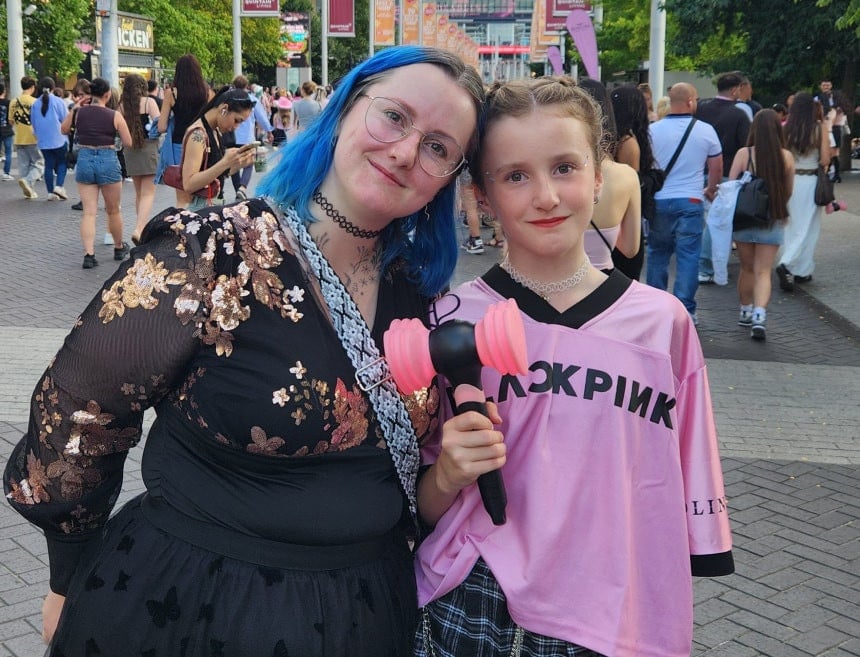
Commentator Kim Heon Sik cautioned that Korea’s uniquely evolved lightstick culture—beyond generic glow wands abroad—could suffer if copycatting spreads: "It’s hard for latecomers to differentiate once a design is established, but if everyone copies, everyone loses." He suggested Park Jin Young and the new committee craft practical guidelines so not every spat becomes a lawsuit.
As for THE BOYZ and QWER, the design dispute remains unresolved—and the industry is watching to see whether this fandom emblem becomes a courtroom exhibit.
SEE ALSO: QWER kicks off their first world tour, 'ROCKATION' in style in Brooklyn, U.S
 SHARE
SHARE
